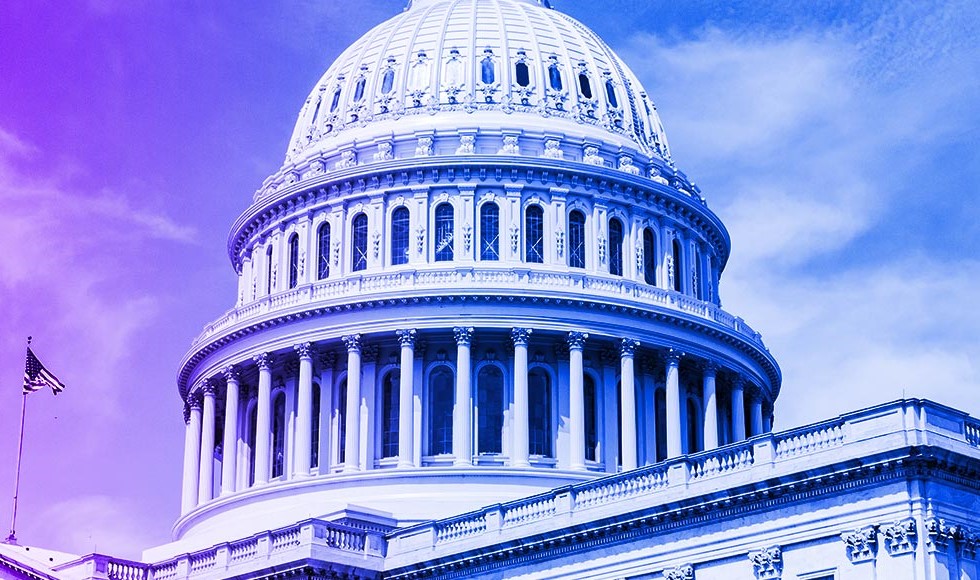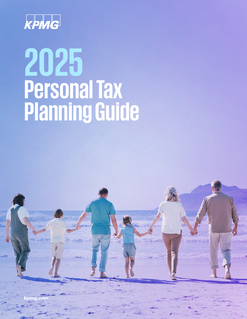KPMG Personal Tax Planning Guide
The KPMG 2026 Personal Tax Planning Guide supports year-end tax planning and helps you plan for the year ahead.

The KPMG 2026 Personal Tax Planning Guide provides timely information and planning strategies to help you navigate the complex and evolving landscape of U.S. federal tax rules that impact high-net-worth individuals, families, and their closely held businesses.
This year’s guide is based on tax law in effect as of August 1, 2025, including the legislative changes enacted as part of P.L. 119-21, the One Big Beautiful Bill Act (OB3), signed into law on July 4, 2025. While many of the provisions contained in the law were modified extensions of current tax laws impacting taxpayers, the OB3 does contain a number of new or modified provisions that will be of interest and could offer planning opportunities.
Each chapter in this guide includes a summary of relevant tax rules, planning tips to assist taxpayers with navigating the current tax landscape, and offers insights for adapting strategies to reflect the OB3 framework and preparing for potential regulatory or economic shifts that may reshape the planning environment.
What’s New
Since its enactment in 2017, the Tax Cuts and Jobs Act (TCJA) has shaped the tax environment by temporarily enacting a number of changes to the individual, business, and gift and estate tax rules. Many of these changes were set to expire at the end of 2025.
However, with the passage of the OB3, the sunset of most of the TCJA tax changes impacting individuals has been effectively cancelled with the OB3 enacting a number of permanent law changes as well as a few new temporary provisions.
Among the key changes enacted in the OB3 are:
- Permanent extension of current individual income tax rates and modified tax brackets including the top marginal rate of 37 percent
- A temporary increase in the limitation on the deductibility of state and local taxes to $40,000, subject to phasedown for taxpayers with modified adjusted gross income over $500,000 (with a minimum deduction cap of $10,000) through 2029
- Permanent lifetime gift, estate, and generation-skipping transfer tax exemptions of $15 million per person with annual inflation adjustments
- Permanent extension of the 20 percent deduction for an individual’s domestic qualified business income from a partnership, S corporation or sole proprietorship, with indexing of certain threshold amounts and a new minimum deduction amount
- A new limitation on itemized deductions for high-income taxpayers subject to the 37 percent bracket
- A permanent charitable contribution deduction of up to $1,000 ($2,000 for married filing jointly) for non-itemizers
- Permanent extension of the increased 60 percent adjusted gross income limitation for certain charitable contributions
- A new limitation on deductions for charitable contributions made by itemizers, which provides that such contributions are deductible only to the extent that they exceed 0.5 percent of adjusted gross income.
Looking Ahead
With the enactment of the OB3, the pressure for Congress to act to address the looming changes to the federal tax landscape has significantly lessened. However, some policymakers have expressed an interest in the possibility of enacting additional tax legislation in the relatively near future, including perhaps examining a number of issues related to health care tax policy that could impact some individuals or businesses. It is unclear if the opportunity for future legislating in the tax arena will come to fruition in the near future and, if it does, if the legislation under consideration would be bipartisan in nature.
It is recommended that individuals watch legislative developments closely, as well as how political, economic, and other factors might affect tax policy, and be prepared to react quickly from a tax planning perspective. You can follow unfolding implementation of the new law, as well as future legislative developments by checking KPMG LLP's TaxNewsFlash and TaxNewsFlash Legislative Update sites. For KPMG’s analysis and observations of the OB3 provisions most relevant to individuals, families, and their closely held businesses, please see the booklet entitled KPMG reports: Tax subtitle for “One Big Beautiful Bill Act.”
Dive into our thinking:
2026 Personal Tax Planning Guide
Download PDFExplore more

Private enterprise and family office tax provisions in “One Big Beautiful Bill”
KPMG analysis and observations.

Estate planning in 2025
Sunset of the enhanced lifetime exemption still possible

Family Office Fridays
KPMG TaxWatch webcast series on-demand

Family Office Insights
Through a series of articles, KPMG LLP will explore the many facets of tax that can potentially affect the creation, growth, and prosperity of family offices and private businesses.
Meet our team



